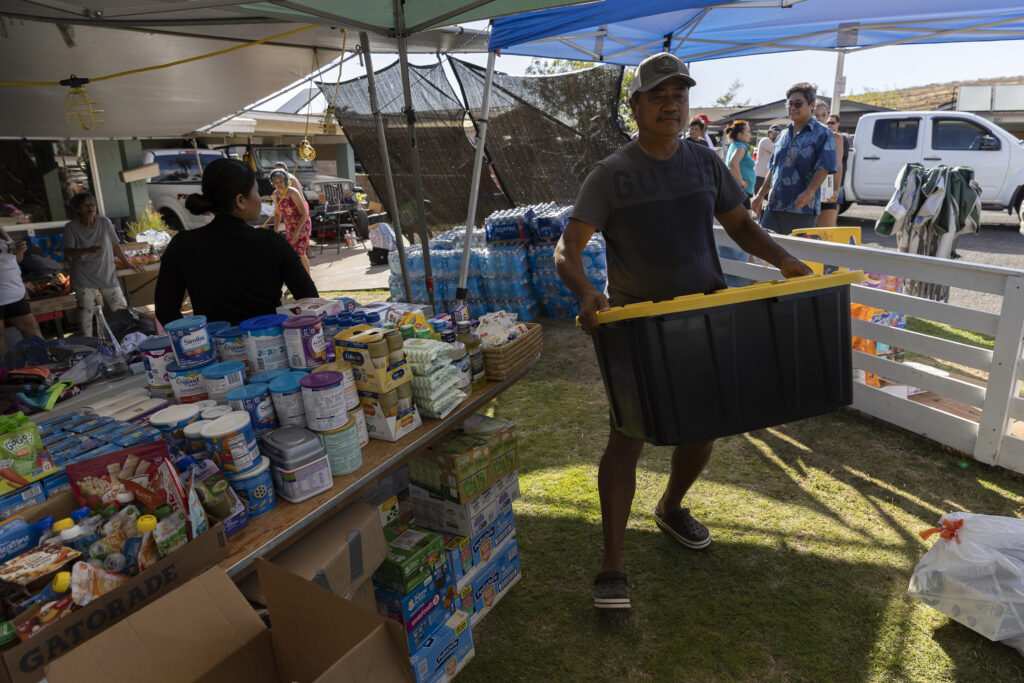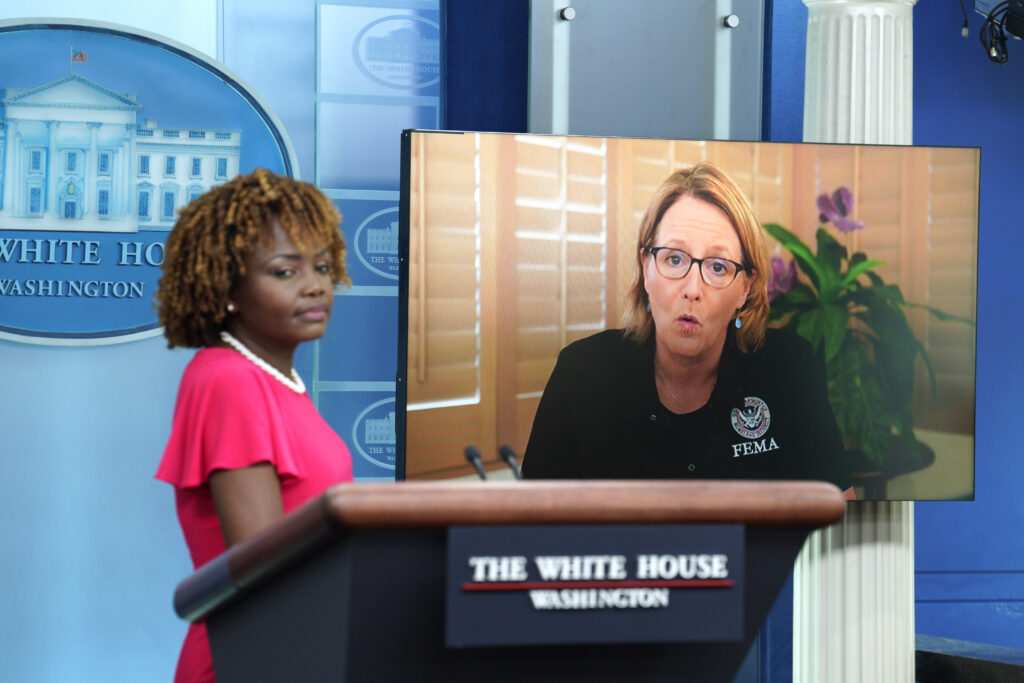Nearly a week after a wildfire torched the historic Hawaiian town of Lahaina, search efforts are intensifying as teams comb through the ash and rubble in the grim task of finding — and identifying — scores of victims in what is now the deadliest U.S. wildfire in a century.
The death toll has climbed to 96, the Maui Police Department reported Sunday night. Fatalities have surpassed those from the 2018 Camp fire that destroyed the Northern California town of Paradise, where at least 85 died.
The number of dead is expected to rise, Gov. Josh Green said. In an interview with “CBS Mornings” that aired Monday, the governor said there are “obviously no survivors left in the area.”

About 1,300 people are unaccounted for, down from around 2,000 after cell service returned and family and friends have been able to make contact, Green said. Crews are likely to find the remains of 10 to 20 people each day until search efforts cease, which he estimated could last 10 days.
“We are prepared for many tragic stories,” the mayor said, adding that he ordered the state attorney general to investigate what caused the fires and how such a catastrophic loss of life could have been prevented.
Only two of the nearly 100 victims have been identified using rapid DNA testing. Maui police Chief John Pelletier has told families looking for loved ones to submit DNA samples to help with identifying any remains.
The search and identification efforts have faced scrutiny for their slow pace as families and friends wait for information. State crews are escalating their hunt through the charred debris at a disaster site described as unrecognizable.

In an interview on NBC’s “Today” show on Monday morning, Jeff Hickman, a spokesperson for Hawaii’s Department of Defense, said that search crews are working diligently, “going street by street, block by block between cars, and soon they’ll start to enter buildings.”
At least 400 agents from the Federal Emergency Management Agency are in Maui. Additional search-and-rescue teams with dogs are headed to the island. Search efforts should move faster now, Hickman said, which can “hopefully bring some closure to those on Maui.”
Dr. Michael Baden, the former chief medical examiner of New York and a forensics expert, said it could take weeks for all the victims to be identified. The rapid DNA test used for the first two identifications suggests authorities set up an emergency laboratory on Maui, he said.
But identifying remains from a wildfire is challenging, he said. DNA can be destroyed if temperatures reach 300 to 400 degrees Fahrenheit, rendering traditional DNA collection methods, such as mouth swabs or from soft tissue, ineffective.
Authorities can use dental records or X-rays to identify victims, Baden said. Recording approximate areas where remains were found — along a certain street or specific address, if possible — is crucial, he said, because authorities can then try to contact surviving family members for medical files. Authorities also may be able to extract DNA from drilling into thigh bones, Baden said.
“To have that many bodies unaccounted for so quickly indicates that there will be lots of” remains to identify, he said.
FEMA Administrator Deanne Criswell described Lahaina in an interview on CBS’ “Face the Nation” on Sunday as a “scene from an apocalyptic movie,” with rows of scorched cars lining the streets of a community that has been reduced to ash.
Search teams have mapped out the disaster zone and scoured about 3% of the targeted area, Criswell said, adding that some structures are partially standing, which is challenging search efforts. Engineers are embedded with crews to help assess building stability.
The Lahaina fire, one of several that broke out last week on Maui, was 85% contained late Sunday, Maui County officials said. An estimated 1,100 residents are in shelters, authorities said. About 500 hotel rooms have been made available for those displaced by the fires, and additional lodging will be provided to first responders, officials said.
Over 2,700 structures were destroyed in Lahaina, with an estimated damage of $5.6 billion, Green said.
After first erupting early last Tuesday, the fire was initially deemed to be out, but winds whipped up by far-off Hurricane Dora that reached up to 81 mph fanned the flames and spurred the blaze to travel about 1 mile every minute, Green said.
A Los Angeles Times review of Maui County’s Facebook page showed the first report of a brush fire in Lahaina came in at 6:37 a.m. Tuesday, and evacuations were ordered within three minutes around Lahaina Intermediate School on the town’s northeastern edge. The fire erupted as crews were battling another wildfire farther east.
The sense of alarm seemed to fade by around 10 a.m., when Maui County said it had declared the Lahaina brush fire “100% contained,” although it did warn of power outages limiting the ability to pump water and a report of a downed electrical line in the area.
The blaze then flared up in the afternoon, racing toward communities on West Maui. Nearly all of central Lahaina was eventually reduced to ash.
Records indicate that neither the state nor the county activated sirens ahead of the fire, though other systems were used, including messages broadcast to television stations, radios and cellphones. But with the power out and communications systems down, many residents reported receiving no alerts.
Green told CBS that officials are “heartbroken” that more people couldn’t evacuate or didn’t receive alerts. Anne E. Lopez, the state’s attorney general, will lead the investigation into the fires, which Green called a natural disaster because of the powerful winds that fueled the flames.
___
© 2023 Los Angeles Times
Distributed by Tribune Content Agency, LLC.



